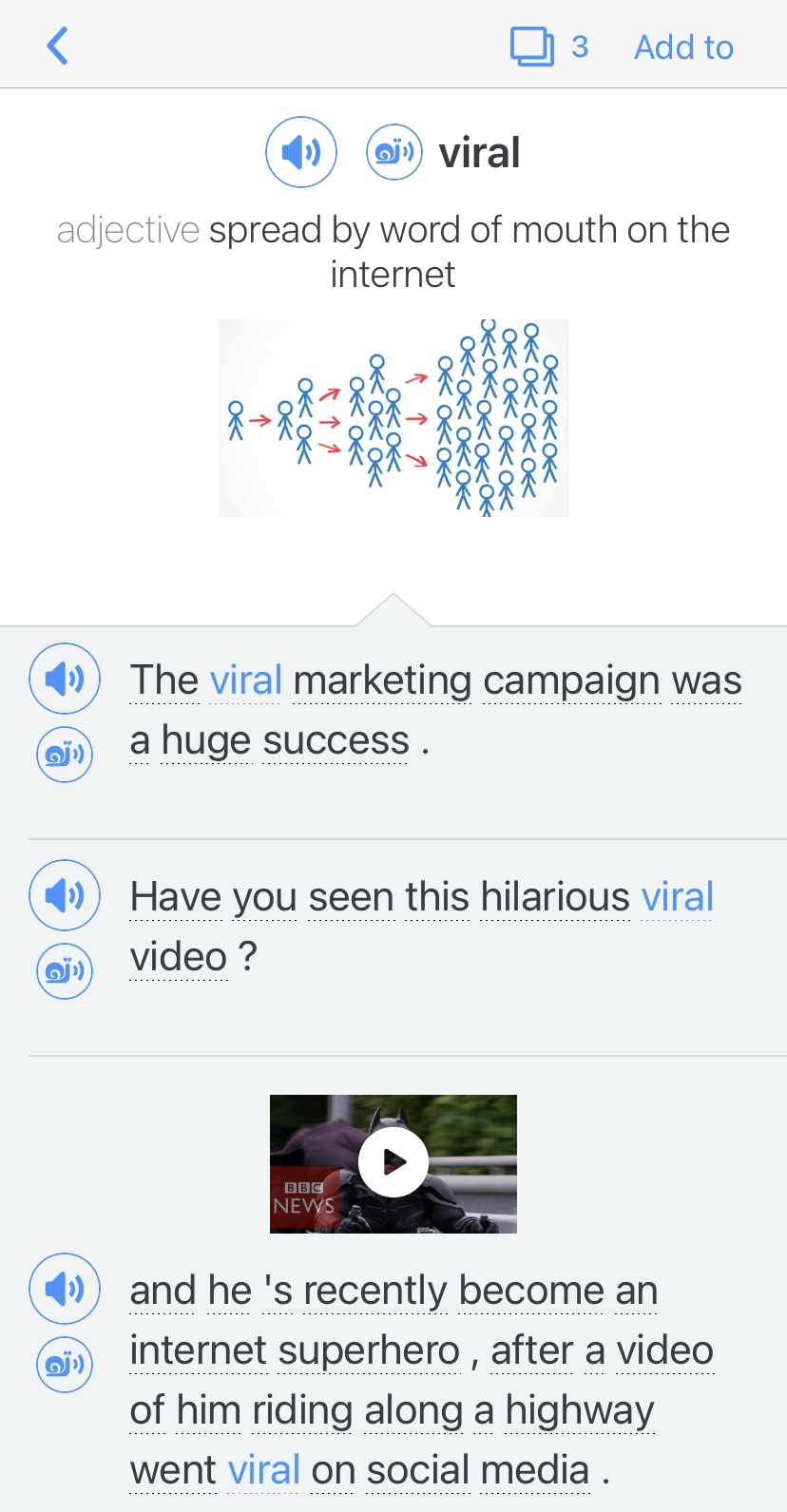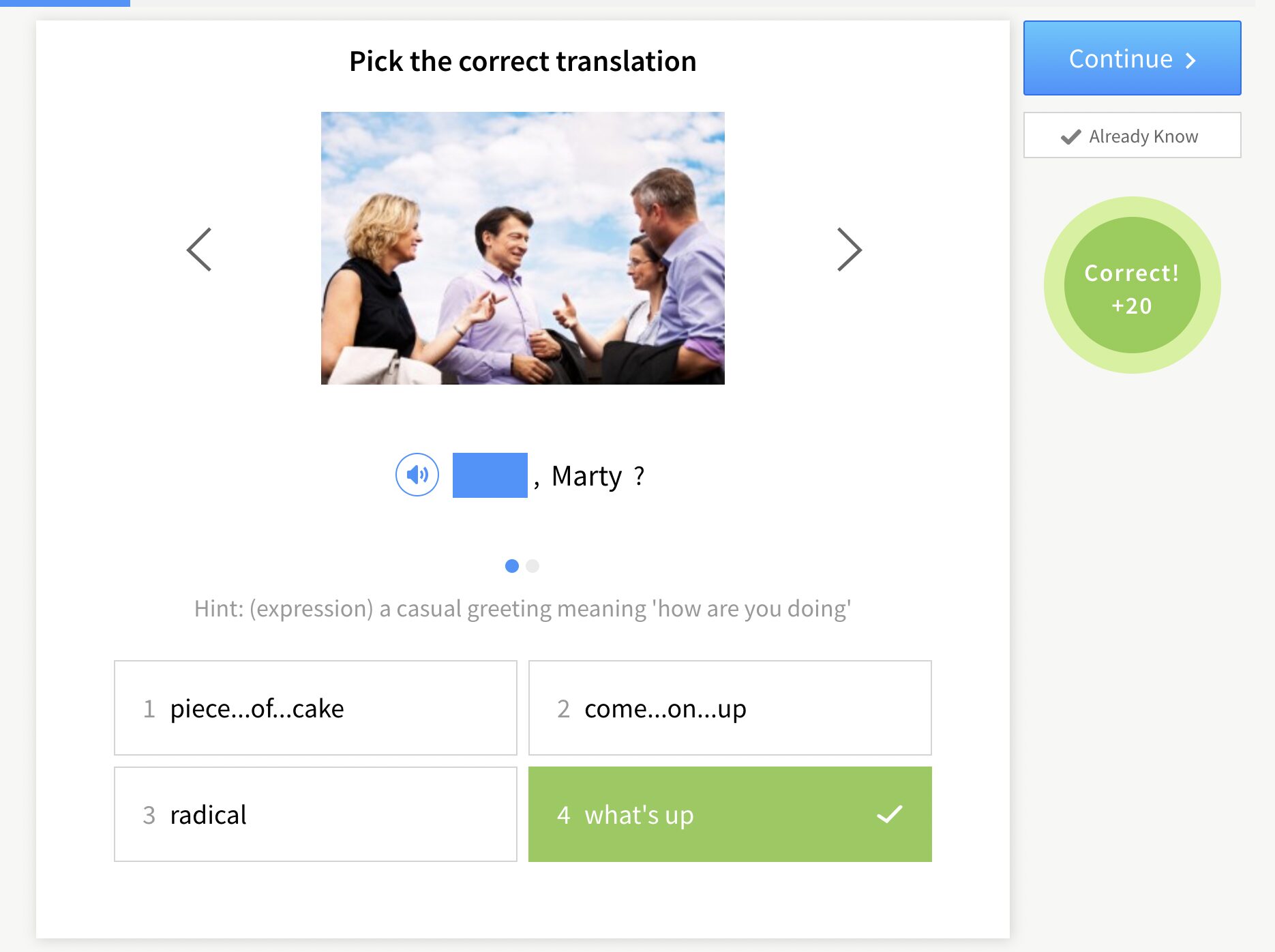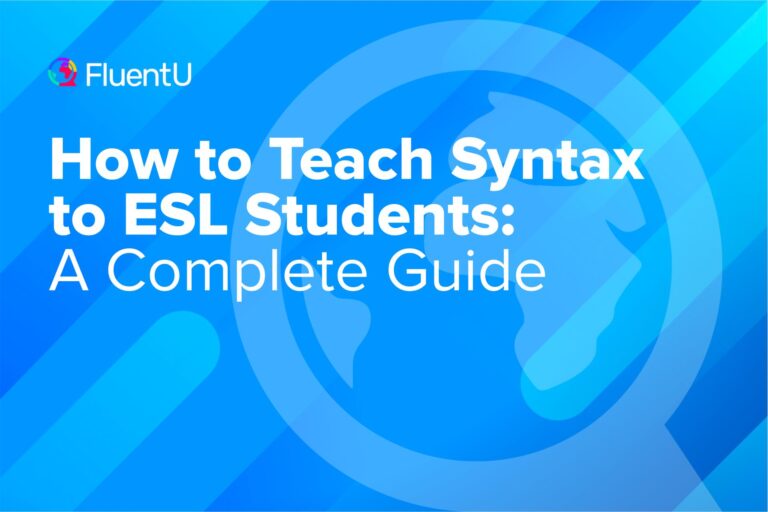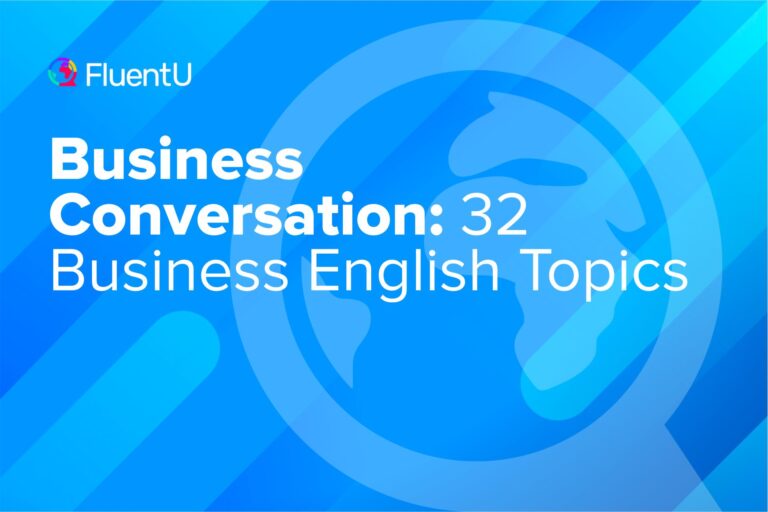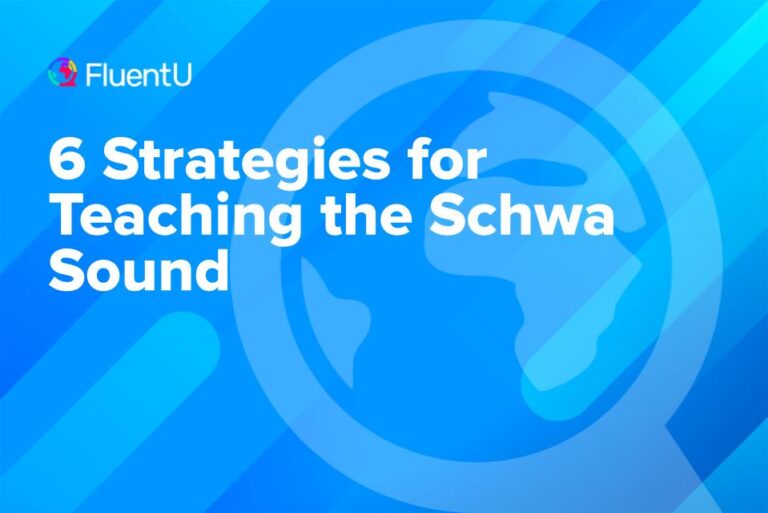7 Key Learning Styles in English Language Teaching

There are seven major learning styles that students possess. By creating lesson plans that appeal to multiple learning styles, you’re sure to see class-wide improvement.
Let’s go through the seven main learning styles in English language teaching, including visual, aural and more. I’ll also give you some tips for implementing these styles into your teaching methods.
Download: This blog post is available as a convenient and portable PDF that you can take anywhere. Click here to get a copy. (Download)
1. Visual (Spatial)
Pictures, images and spatial understanding are the preferred learning media of visual learners. These learners love to see lessons come to life, and often sit at the front of the class to not only get a full view of their teacher’s body language and facial expressions, but also to avoid potential visual obstructions (and distractions).
Tips for Teachers:
Visual learners are your detailed note takers. They think in pictures and learn best from visual displays, slide shows, posters, clips and other visual tools.
Sometimes, simple things like writing an outline of your grammar lesson on the board will also satisfy your visual learners’ desire to take notes and capture everything in their own creative and vivid manners.
2. Aural (Auditory-musical)
Auditory learners rely primarily on music and sound for their learning. Information is often best acquired through verbal lectures, discussions and mini-presentations.
Tips for Teachers:
Auditory learners interpret the underlying meanings of words through listening to the tone, pitch, speed and other phonological nuances of your speech. Because written information may have little meaning to these students, auditory learners enjoy reading text aloud and may even bring a tape recorder to record your lecture.
While your auditory learners are perfectly content with you giving a 60-minute lecture, strategically integrating audio books, songs and movies into your lesson, like those found on FluentU, will stimulate their brain and wake up your non-auditory learners.
FluentU takes authentic videos—like music videos, movie trailers, news and inspiring talks—and turns them into personalized language learning lessons.
You can try FluentU for free for 2 weeks. Check out the website or download the iOS app or Android app.
P.S. Click here to take advantage of our current sale! (Expires at the end of this month.)
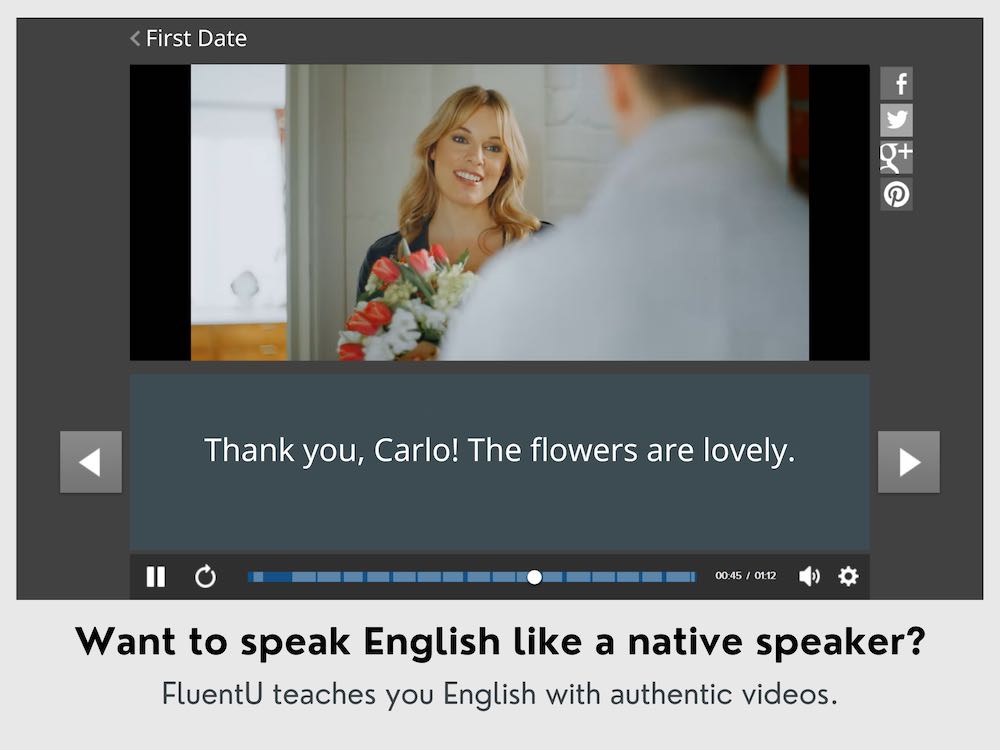
3. Verbal (Linguistic)
These are students who learn best through words regardless of whether they are communicated in speech or writing. When learning something new, students who belong to this category prefer hearing a detailed explanation over viewing a physical, visual demonstration.
Tips for Teachers:
Like the auditory learners, verbal learners thrive in a traditional classroom lecture. However, they are also very interpersonal and welcome opportunities to interact with words and sounds through discussions, asking questions and teaching others. In general, verbal learners make great teacher’s helpers and thrive in group activities that involve lots of interactions and words.
4. Physical (Kinesthetic)
Your hyperactive students may simply be your curious kinesthetic learners who prefer using their body, hands and sense of touch to explore the world. These students tend to have trouble sitting for long periods of time, but with the right strategy you may be able to enthrall these energizer bunnies.
Tips for Teachers:
Kinesthetic students are easily distracted and are often the classroom culprit for distracting others. Instead of countering them with commands or harsh words, striking a healthy balance between quiet and hands-on activities will allow these active learners to touch, feel and experience the fullness of their lessons.
In fact, ESL games such as pantomime and charades are not only great for giving your kinesthetic learners an opportunity to redirect their energy, but also for re-invigorating your half-awake class.
5. Logical (Mathematical)
These students prefer using logic, reasoning and systems. You may find them to have a keen sense for numbers, sequence association and problem solving.
Tips for Teachers:
As a teacher, you can feed your logical students by including classroom activities that involve multi-step processes, data collection, and mysteries. You could break things like gender and verb conjugations into tables and charts.
When relevant, create worksheets that incorporate geometry and money so your logical/mathematical students (along with the rest of the class) can have a practical ESL experience.
6. Social (Interpersonal)
Group learning streamlines the learning experience of social/interpersonal learners. They are quite verbal and are always anxious to apply what they have learned in interactive settings.
Tips for Teachers:
Give your social butterfly a chance to spread their wings and fly with meaningful activities. Teach a lesson on social awareness, etiquette or cultural differences.
Incorporating peer editing, peer teaching and group discussions into the curriculum will dramatically enrich the learning experience of these happy talkers.
7. Solitary (Intrapersonal)
As the name suggests, these kinds of students are your quiet angels who can work alone with minimal directions from the teacher. Oftentimes mistaken as the shy ones of the classroom, solitary learners can be quite extroverted when given the opportunity.
Tips for Teachers:
The desire for self-study keeps solitary learners away from active, voluntary classroom participation. In a group setting, your solitary learner may seem reserved, inactive or even indifferent.
To engage your solitary learners and keep them from finishing an entire group project on his/her own, teachers are encouraged to have a more structured group activity that assigns distinctive tasks and roles to every individual in the group.
Ultimately, by using the above information about learning styles in English language teaching, and shaking things up by incorporating different teaching techniques in your classrooms, your students will stay fresh, enthusiastic and motivated when they know that each class will have new activities and fun learning adventures in store.
As always, remember to maintain a flexible ESL teaching strategy so you and your students can fully enjoy the thrill of English learning, together!
Download: This blog post is available as a convenient and portable PDF that you can take anywhere. Click here to get a copy. (Download)
And One More Thing…
If you’re like me and prefer learning English on your own time, from the comfort of your smart device, I’ve got something you’ll love.
With FluentU’s Chrome Extension, you can turn any YouTube or Netflix video with subtitles into an interactive language lesson. That means you can learn from real-world content, just as native English speakers actually speak.
You can even import your favorite YouTube videos into your FluentU account. If you’re not sure where to start, check out our curated library of videos that are handpicked for beginners and intermediate learners, as you can see here:
FluentU brings native English videos within reach. With interactive captions, you can hover over any word to see an image, definition, and pronunciation.
Just click on the word to see other example sentences and videos where the word is used in different contexts. Plus, you can add it to your flashcards! For example, if I tap on the word "viral," this is what pops up:
Want to make sure you really remember what you've learned? We’ve got you covered. Practice and reinforce the vocab from each video with learn mode. Swipe to see more examples of the word you’re learning, and play mini-games with our dynamic flashcards.
The best part? FluentU tracks everything you’re learning and uses that to create a personalized experience just for you. You’ll get extra practice with tricky words and even be reminded when it’s time to review—so nothing slips through the cracks.
Start using the FluentU website on your computer or tablet or, better yet, download our from the App Store or Google Play.
Click here to take advantage of our current sale! (Expires at the end of this month.)



